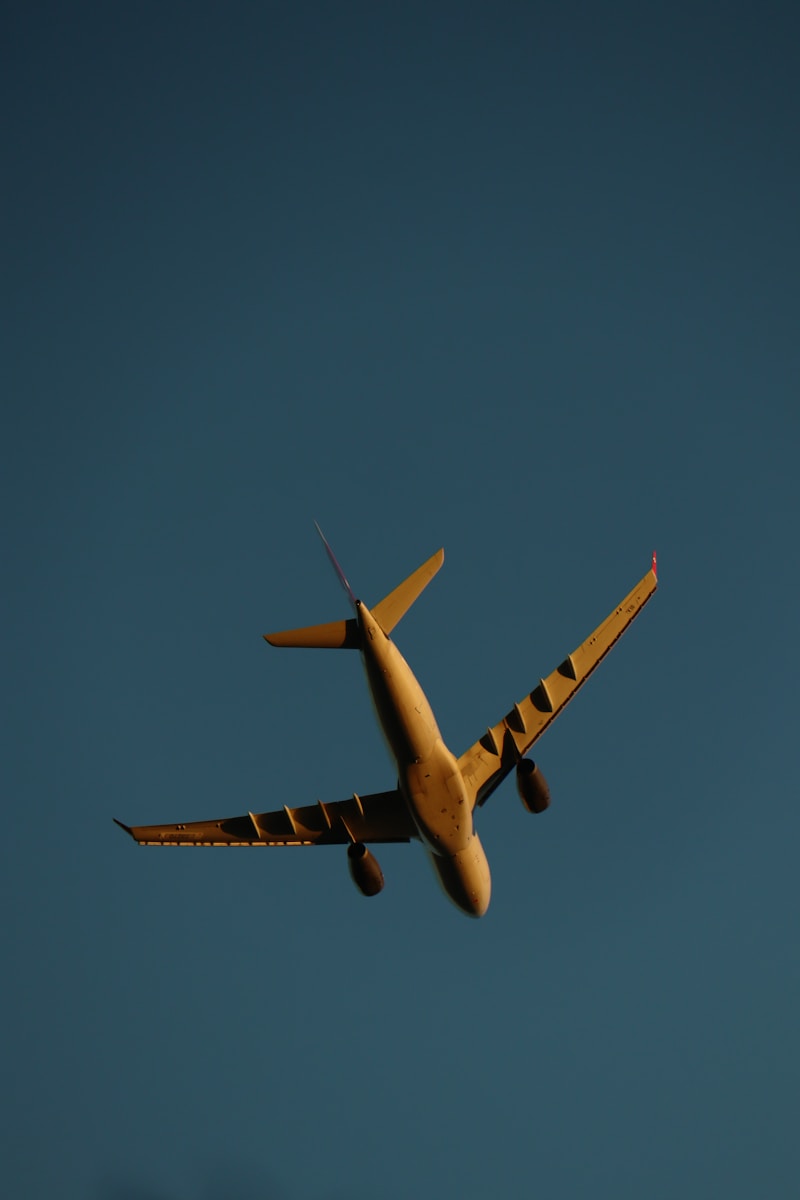Key Takeaways:
• Two Delta CRJ-900 jets collided at low speed on an airport taxiway
• One wing struck the other plane’s nose and shattered a cockpit window
• Over 90 passengers and crew left the planes safely; one person had a minor injury
• FAA and NTSB opened investigations into congestion and human error
• The incident raises wider concerns about airport safety and crowded runways
LaGuardia Collision Rocks Delta Jets
On October 1, 2025, a low-speed LaGuardia collision stunned travelers and staff. Two Delta CRJ-900 planes bumped each other on a busy taxiway. As a result, one wing tip hit the nose of the other jet. The strike shattered the cockpit window. Thankfully, both crews evacuated over 90 people quickly. Only one passenger reported a minor injury. Officials closed the taxiway to clear debris and inspect the damage. Meanwhile, investigators started probing what went wrong. They say this LaGuardia collision may reveal weak spots in airport management and crew coordination.
What happened during the LaGuardia collision
First, both Delta jets taxied toward the runway for takeoff. Then ground control gave them clearance. At that moment, one CRJ-900 edged too close to the other. The tip of its wing swept into the nose section of its neighbor. Immediately, the impact cracked the windshield of the second cockpit. Crew members felt the shock and smelled shattered glass. Even so, they stayed calm. They alerted ground crews, cut power, and began evacuation checks. Next, passengers left via emergency slides. They moved to a safe zone on the tarmac. Onlookers watched as fire trucks and ambulances raced to the scene. Thankfully, responders found only one minor injury. First aid teams treated that person on site.
How passengers reacted
Passengers said they heard a loud bang just before the collision. One traveler described the sound like a heavy door slamming. Others felt a jolt when the planes touched. Yet everyone stayed calm and followed crew instructions. As a result, the evacuation went smoothly. A mother told reporters she hugged her child and walked away without panic. Another passenger praised the cabin crew’s quick response. They reminded everyone to buckle their seat belts and keep calm. Moreover, they led passengers out of the plane in an orderly line. Thanks to their work, no one tripped or fell during the slide exit. After gathering at a safe distance, travelers received water and blankets. Few people seemed upset; most were relieved and curious about the next steps.
What investigators are looking at
Both the FAA and NTSB launched probes after the LaGuardia collision. They want to learn how two jets could crash on the ground. First, they will review air traffic control recordings. That step helps them see if any instructions were unclear. Next, they will interview pilots and ground staff. They seek to identify any miscommunication or human error. Also, they will study video and radar data of taxiway traffic. Busy airports face more risks when many planes move at once. Finally, they will inspect the damaged aircraft for mechanical issues. Investigators say this LaGuardia collision might stem from several causes. In turn, their findings could shape new safety rules for crowded airports.
Wider safety concerns
This incident highlights airport congestion problems. As flights grow, runways and taxiways fill up. When many jets share tight spaces, small mistakes can lead to collisions. Airlines and regulators worry about rising ground accidents. In fact, a low-speed collision can still injure people and damage planes. In addition, repairs can cost millions and disrupt schedules. Thus, officials consider ways to reduce risk. They may add more taxi routes or improve control towers. Some experts suggest advanced camera systems to track movement. Others call for stricter crew training for ground operations. Ultimately, airports must balance efficiency and safety. Preventing future LaGuardia collisions means smarter design and tighter rules.
What comes next
After the initial inspection, Delta will repair both CRJ-900 jets. The airline must also prove each plane is safe to fly again. Meanwhile, the FAA may issue new guidance for ground traffic. Then airports might adjust taxi paths or timing for departures. At the same time, pilots and ground crews will get refreshed training. That step ensures they follow precise signals and distances. Passengers should expect occasional delays during the changes. However, these measures aim to keep everyone safer. In the end, a single LaGuardia collision could spur big improvements. By learning from this event, the aviation industry can prevent similar accidents.
Frequently Asked Questions
What caused the low-speed collision at LaGuardia?
Investigators point to congestion on the taxiway and possible human error. They will review recordings, interview crews, and inspect equipment.
Were there any serious injuries in the Delta crash?
No. Officials report only one person had a minor injury. Everyone else exited safely thanks to quick crew action.
How long will the investigation take?
Such probes can last several months. They require data analysis, interviews, and detailed reports before offering final conclusions.
Will flights resume normal operations at LaGuardia?
Most flights continue as usual. The taxiway where the collision happened reopened after debris removal and safety checks.

